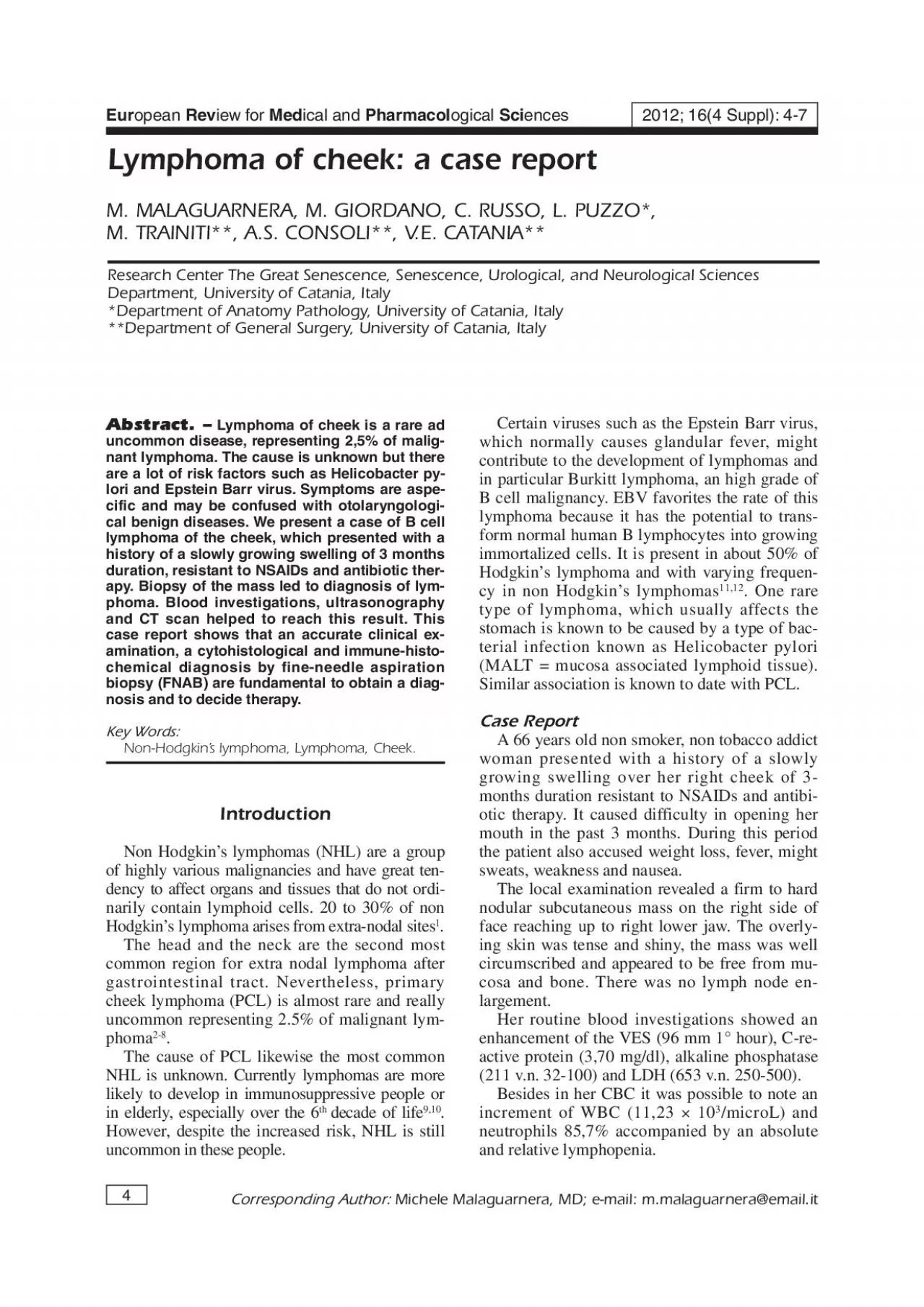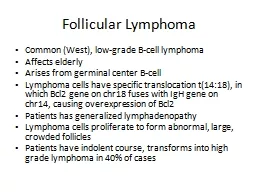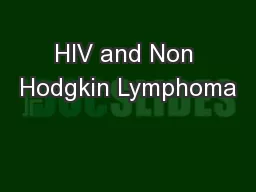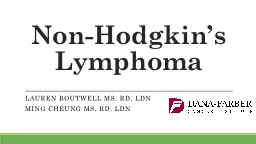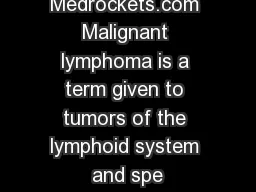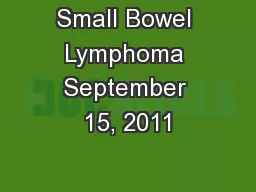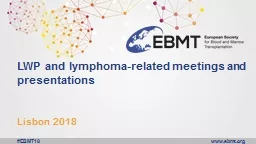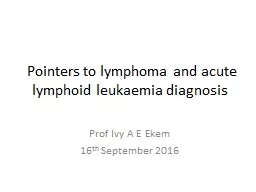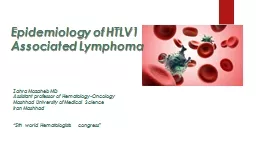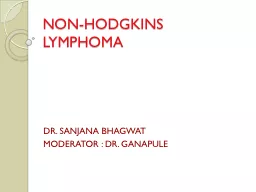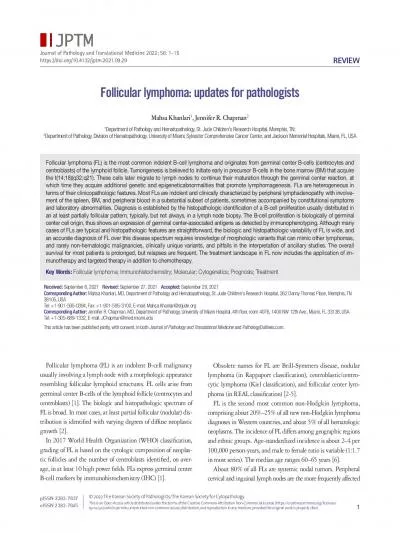PDF-Lymphoma of cheek a case report
Author : isla | Published Date : 2022-08-22
L FILIPPAP MOWAN Primary nasal paranasaloropharyngeal lymphoma in the pediatric agegroup Cancer 1990 65 14381444YP SYWXF ZXH LRadiotherapy As Primary Treatment for
Presentation Embed Code
Download Presentation
Download Presentation The PPT/PDF document "Lymphoma of cheek a case report" is the property of its rightful owner. Permission is granted to download and print the materials on this website for personal, non-commercial use only, and to display it on your personal computer provided you do not modify the materials and that you retain all copyright notices contained in the materials. By downloading content from our website, you accept the terms of this agreement.
Lymphoma of cheek a case report: Transcript
Download Rules Of Document
"Lymphoma of cheek a case report"The content belongs to its owner. You may download and print it for personal use, without modification, and keep all copyright notices. By downloading, you agree to these terms.
Related Documents

